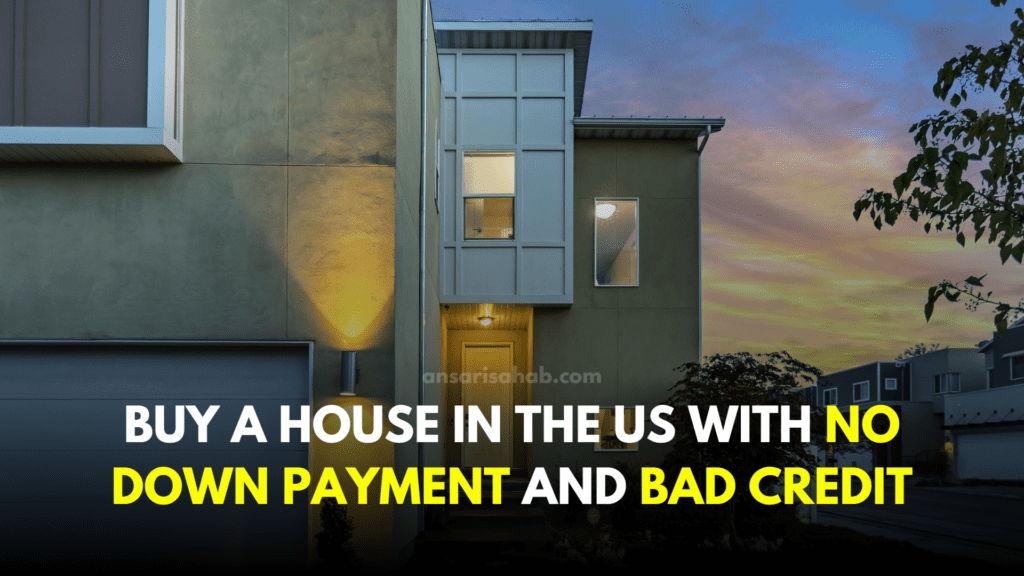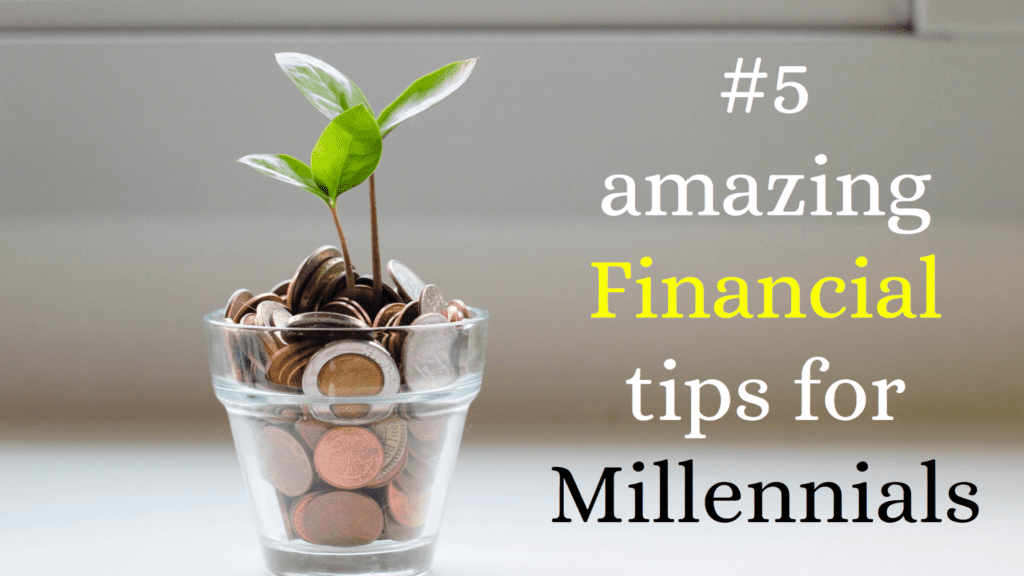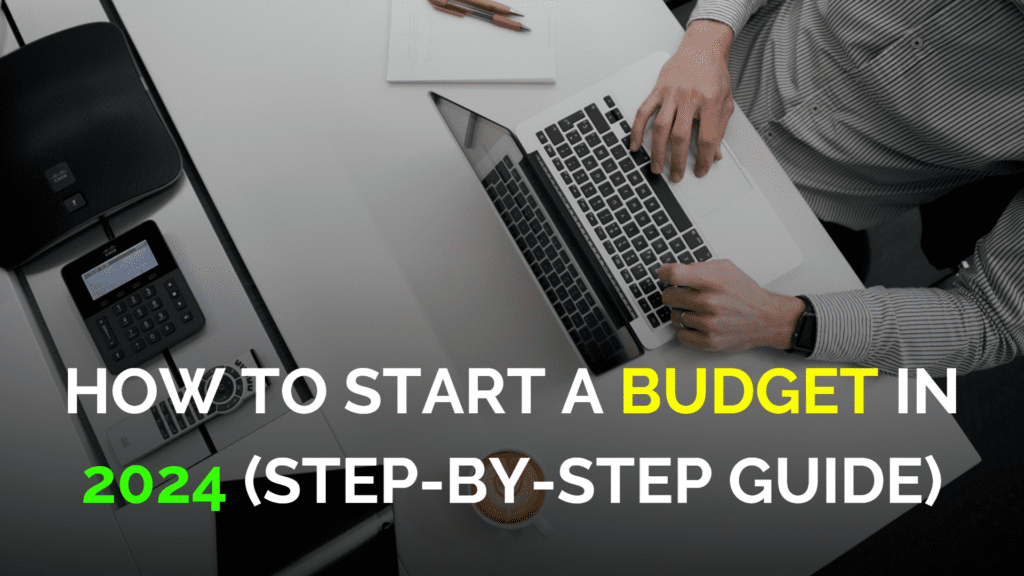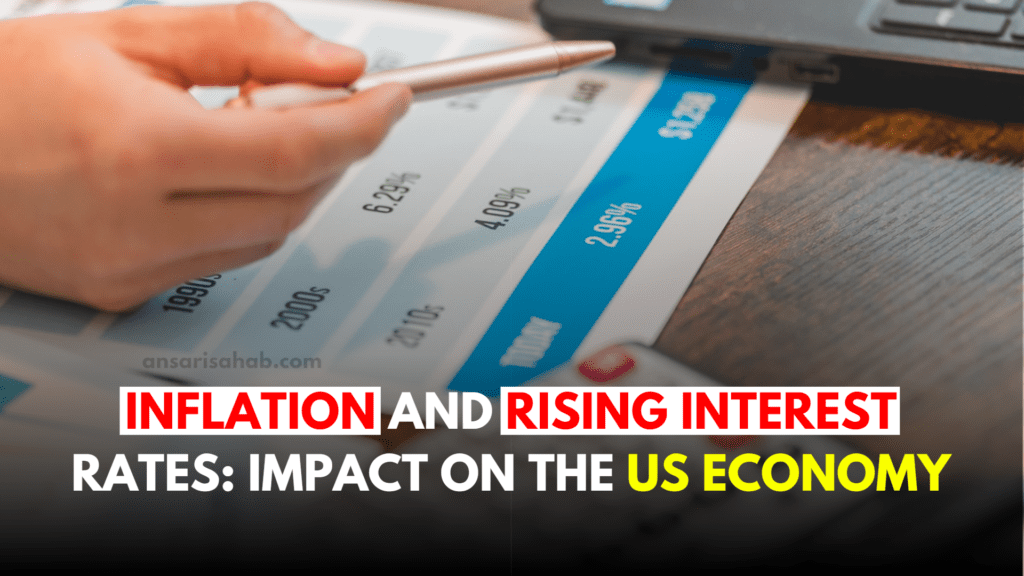
Buying a house is a major life goal for many people. But it can be especially challenging to buy a house in the US if you have no down payment or bad credit.
In 2023, the median home price in the US is $428,700. To put down a 20% down payment on a house at this price, you would need $85,740. If you don’t have that much saved up, you may be wondering how you can still buy a house.
And even if you have a down payment, you may be worried about qualifying for a mortgage if you have bad credit.
The good news is that there are still ways to buy a house in the US with no down payment and bad credit in 2023. Here are a few options to explore:
1. FHA Loan
The Federal Housing Administration (FHA) is a government agency that insures mortgages for borrowers who meet certain requirements. FHA loans are a popular option for borrowers with bad credit or low down payments.
To qualify for an FHA loan, you must have a credit score of at least 580 and a down payment of at least 3.5%. If your credit score is lower than 580, you may still qualify for an FHA loan with a down payment of 10%.
FHA loans have a number of advantages over conventional loans. First, they have lower down payment requirements. Second, they are more forgiving of credit blemishes. Third, they allow for higher debt-to-income ratios.
However, FHA loans also have some disadvantages. First, they require borrowers to pay mortgage insurance premiums (MIP). MIP is an insurance policy that protects the lender in case the borrower defaults on the loan. Second, FHA loans have stricter property requirements than conventional loans. You can go for this option to buy a house for you in the US.
2. USDA Loan
The United States Department of Agriculture (USDA) offers a loan program called the Rural Development Guaranteed Housing Loan Program. This program provides zero-down-payment loans to borrowers who purchase homes in eligible rural areas.
To qualify for a USDA loan, you must have a credit score of at least 580 and a debt-to-income ratio of no more than 41%. You must also meet certain income requirements and purchase a home in an eligible rural area.
USDA loans have a number of advantages over other types of loans. First, they have zero down payment requirements. Second, they are more forgiving of credit blemishes. Third, they allow for higher debt-to-income ratios.
However, USDA loans also have some disadvantages. First, they are only available in eligible rural areas. Second, they require borrowers to pay mortgage insurance premiums (MIP). Third, USDA loans have stricter property requirements than conventional loans.
3. VA Loan
The Department of Veterans Affairs (VA) offers a loan program called the VA Home Loan Program. This program provides zero-down-payment loans to eligible veterans and service members.
To qualify for a VA loan, you must have a certificate of eligibility from the VA. You can get a certificate of eligibility if you have served at least 90 days of active duty in the military, or if you have served at least 180 days of active duty in the National Guard or Reserves.
VA loans have a number of advantages over other types of loans. First, they have zero down payment requirements. Second, they do not require private mortgage insurance (PMI). Third, VA loans have more flexible underwriting guidelines than conventional loans.
However, VA loans also have some disadvantages. First, they are only available to eligible veterans and service members. Second, VA loans have stricter property requirements than conventional loans.
4. Down Payment Assistance Program
There are a number of down payment assistance programs available to help first-time homebuyers and low-income borrowers purchase a home. These programs can provide you with a grant or loan to help cover the cost of your down payment.
To qualify for a down payment assistance program, you will typically need to meet certain income requirements and credit score requirements. You may also need to live in a specific area or purchase a specific type of home.
Some examples of down payment assistance programs include:
- The Home Affordable Mortgage Program (HAMP)
- The Federal Housing Administration (FHA) 203(b) Program
- The United States Department of Agriculture (USDA) Rural Development Guaranteed Housing Loan Program
- The Veterans Administration (VA) Home Loan Program
- State and local down payment assistance programs
5. Seller Financing
Seller financing is a type of financing in which the seller of the home agrees to finance the purchase for the buyer. This option can be a good option for buyers with bad credit, as the seller may be more willing to approve you for a loan than a traditional lender.
To get seller financing, you will need to negotiate the terms of the loan with the seller. You will typically need to make a down payment, and you will need to agree to an interest rate and repayment schedule.
Seller financing can be a good option for buyers who have difficulty qualifying for a traditional mortgage. However, it is important to carefully consider the terms of the loan before agreeing to it. Seller financing loans often have high interest rates and short repayment terms.
6. Hard Money Loan
A hard money loan is a short-term loan that is typically used to finance real estate transactions. Hard money loans are typically funded by private investors, and they can be a good option for buyers with bad credit or who need to close on a loan quickly.
Hard money loans typically have high interest rates and short repayment terms, such as one year or less. However, they can be a good option for buyers who need to finance a home purchase but don’t qualify for a traditional mortgage.
Read Also: 101 Ways to Save Money on Your Bills, From Your Energy Bill to Your Grocery Bill
Here are some additional tips to buy a house with no down payment and bad credit:
- Be prepared to make a larger down payment. If you have bad credit, you may need to make a larger down payment in order to qualify for a loan. A larger down payment will reduce the amount of money you need to borrow, which will make you a less risky borrower to the lender.
- Consider a government-backed loan. Government-backed loans, such as FHA loans and VA loans, are designed to make it easier for first-time homebuyers and borrowers with bad credit to purchase a home. These loans typically have lower credit score requirements and allow for lower down payments than conventional loans.
- Work with a qualified lender. A qualified lender can help you understand your options and find the best loan program for your needs. They can also help you put together a strong application and negotiate the best terms on your loan.
- Be patient and persistent. It is challenging process to buy a house in the US, especially if you have bad credit. But it is possible to buy a home with bad credit if you are patient and persistent. Keep working on improving your credit score, save as much money as you can for a down payment, and work with a qualified lender to find the best loan program for your needs.
- Get your credit report and review it carefully. This will help you identify any errors or areas where you can improve your credit score. You can get a free copy of your credit report from each of the three major credit bureaus once a year at annualcreditreport.com.
- Make a budget and stick to it. This will help you save money for a down payment and other closing costs.
- Get pre-approved for a mortgage. This will give you an idea of how much you can afford to borrow and it will show sellers that you are a serious buyer.
- Be prepared to compromise. You may not be able to get everything you want in a home if you have bad credit. But if you are willing to compromise on some things, such as the size of the home, the location, or the condition of the home, you will be more likely to find a home that you can afford and qualify for.
Here are some additional resources that may be helpful:
- National Foundation for Credit Counseling: https://www.nfcc.org/
- Consumer Financial Protection Bureau: https://www.consumerfinance.gov/
- U.S. Department of Housing and Urban Development: https://www.hud.gov/
Additional Tips
- Consider buying a fixer-upper. Fixer-uppers are often less expensive than move-in ready homes, and they can be a good option for buyers who are willing to put in some work.
- Look for motivated sellers. Motivated sellers may be more willing to negotiate on the price of the home or offer seller financing.
- Be prepared to compromise. You may not be able to get everything you want in a home if you have bad credit. But if you are willing to compromise on some things, such as the size of the home, the location, or the condition of the home, you will be more likely to find a home that you can afford and qualify for.
It is important to remember that buy a house with no down payment and bad credit is challenging, but it is possible. By following the tips above, you can improve your chances of success and achieve your dream of homeownership.








